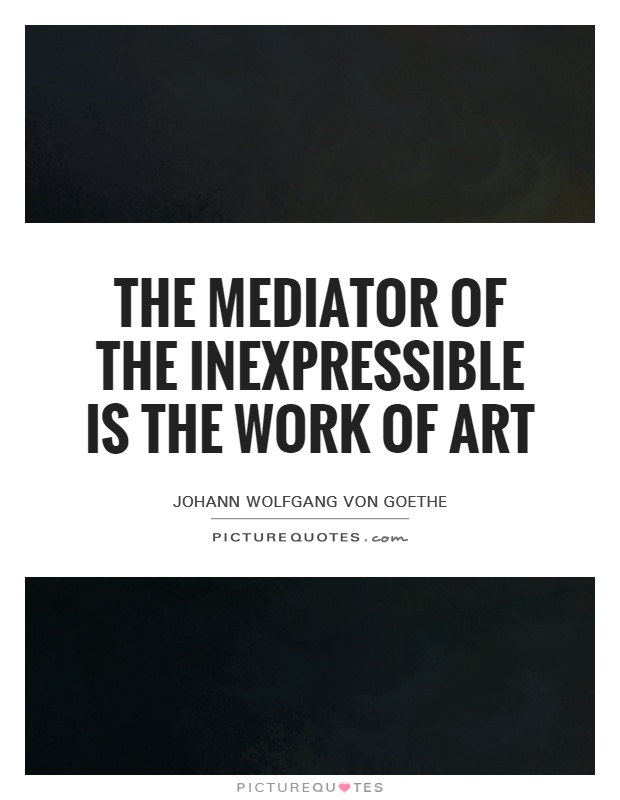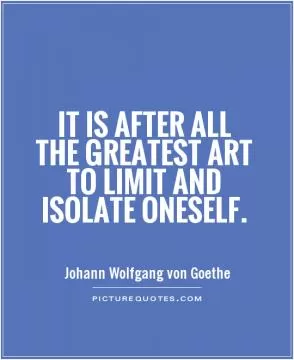The mediator of the inexpressible is the work of art

The mediator of the inexpressible is the work of art
Johann Wolfgang von Goethe, a German writer, poet, and philosopher, is often considered one of the greatest literary figures in Western history. His works, including the famous play "Faust" and the novel "The Sorrows of Young Werther," have had a profound impact on literature and art. In Goethe's view, art serves as a mediator of the inexpressible, allowing individuals to convey emotions, thoughts, and experiences that cannot be articulated through words alone.For Goethe, the work of art is a powerful tool for expressing the ineffable aspects of human existence. In his essay "On the Aesthetic Education of Man," Goethe argues that art has the ability to transcend language and communicate directly with the soul. He believed that art could capture the essence of human experience in a way that words could not, allowing individuals to connect with their deepest emotions and desires.
One of Goethe's most famous works, "Faust," explores the theme of the inexpressible through the character of Faust, a man who sells his soul to the devil in exchange for knowledge and power. Throughout the play, Faust grapples with the limitations of language and the inadequacy of words to convey the depth of his experiences. It is through his interactions with art, music, and literature that Faust is able to find solace and meaning in his life.
In Goethe's view, art serves as a bridge between the conscious and unconscious mind, allowing individuals to access their innermost thoughts and feelings. Through the creation and appreciation of art, individuals can explore the depths of their own psyche and connect with the universal human experience. Art has the power to evoke emotions, provoke thought, and inspire change, making it a vital tool for personal and societal transformation.












 Friendship Quotes
Friendship Quotes Love Quotes
Love Quotes Life Quotes
Life Quotes Funny Quotes
Funny Quotes Motivational Quotes
Motivational Quotes Inspirational Quotes
Inspirational Quotes